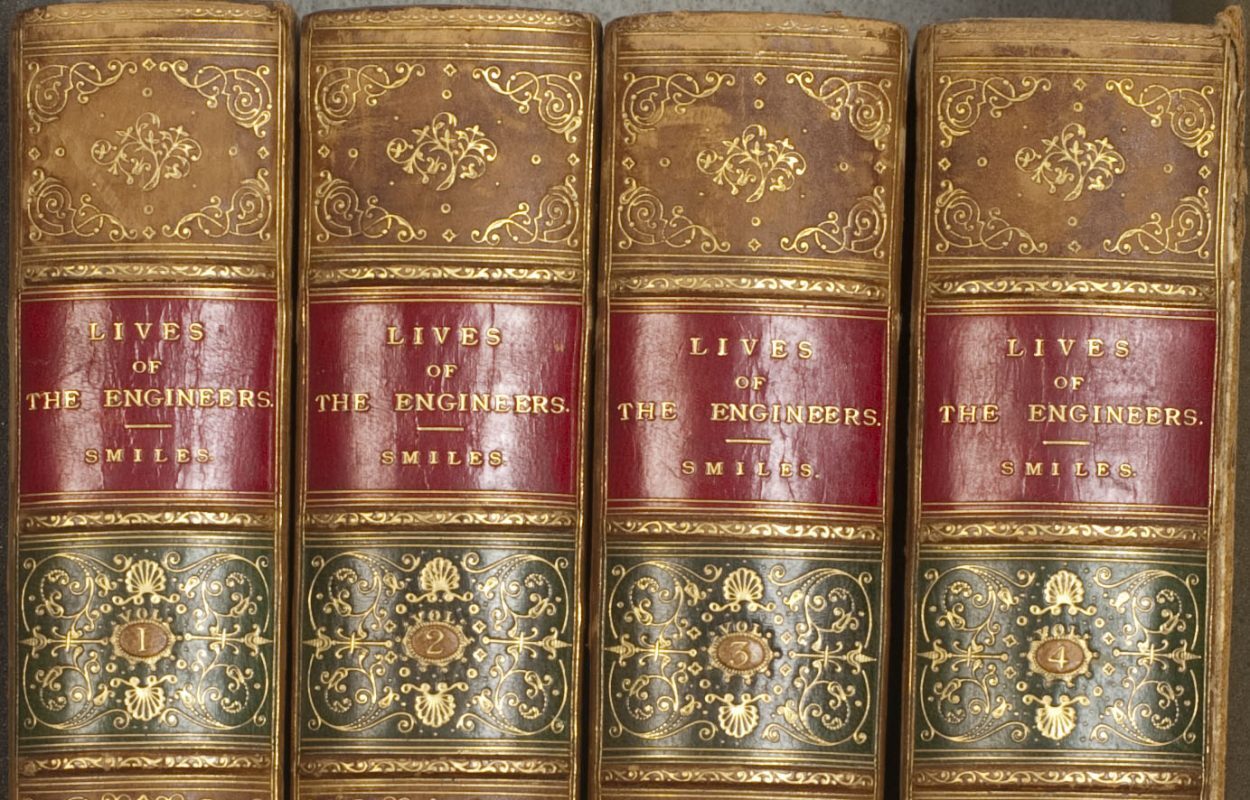Year 80 – 1940: “21 to 35”: What the Draft and Army Training Mean to You by William H. Baumer, Jr., and Sidney F. Giffin
Published: New York, 1940 In 1940, the United States had not yet entered World War II. The year prior had seen the German invasion of Poland, and war declared on Germany by the United Kingdom, France, New Zealand and Australia. On September 5, 1939, the United States announced its neutrality in the war. Some were surprised, then, when President Franklin Delano Roosevelt signed the Selective Training and Service Act into law on September 27, 1940. This was the first time a draft had been instituted in the U.S. during peacetime. The Act required that all American males age 21 to […]
